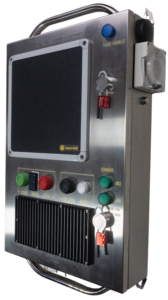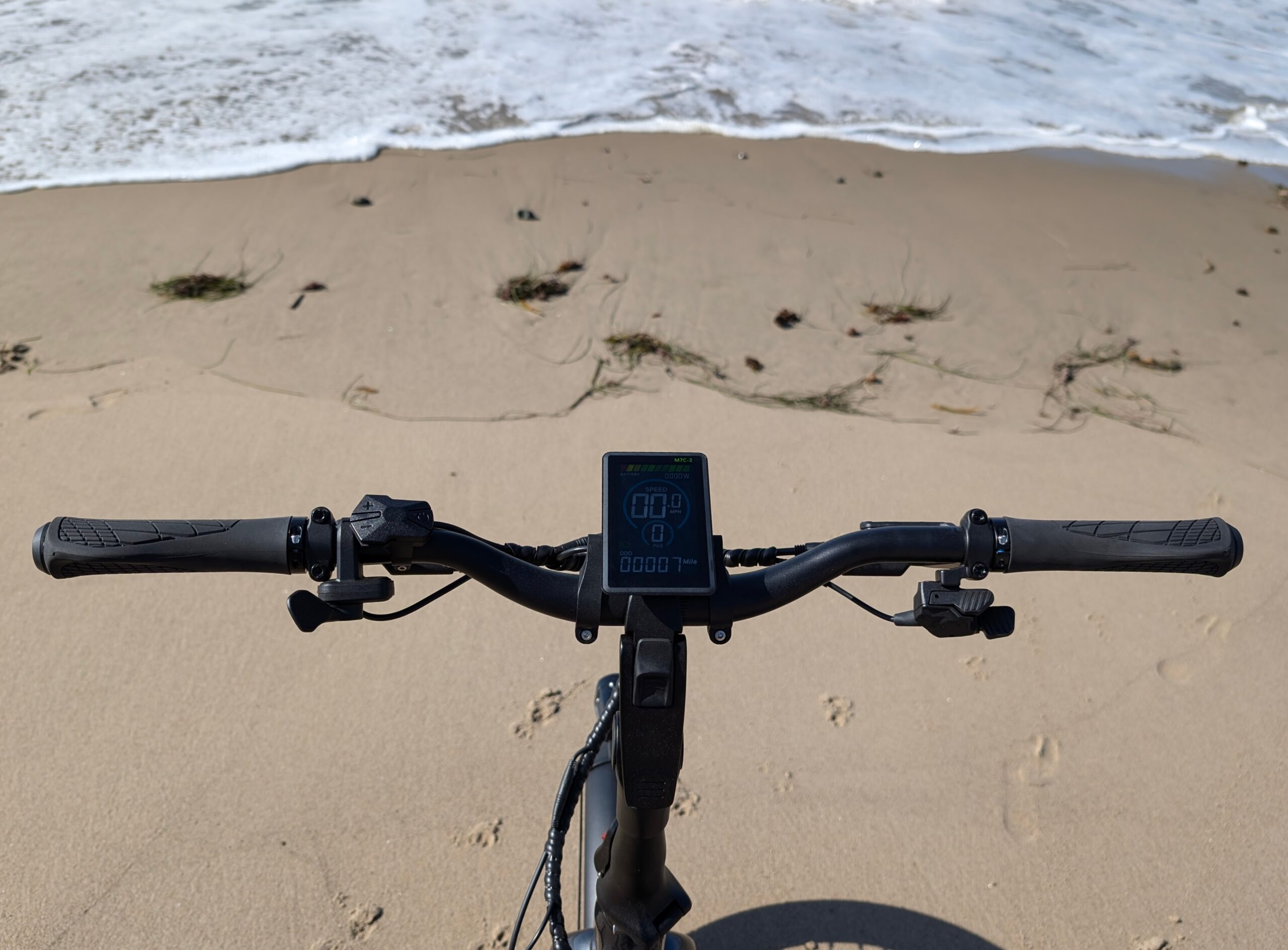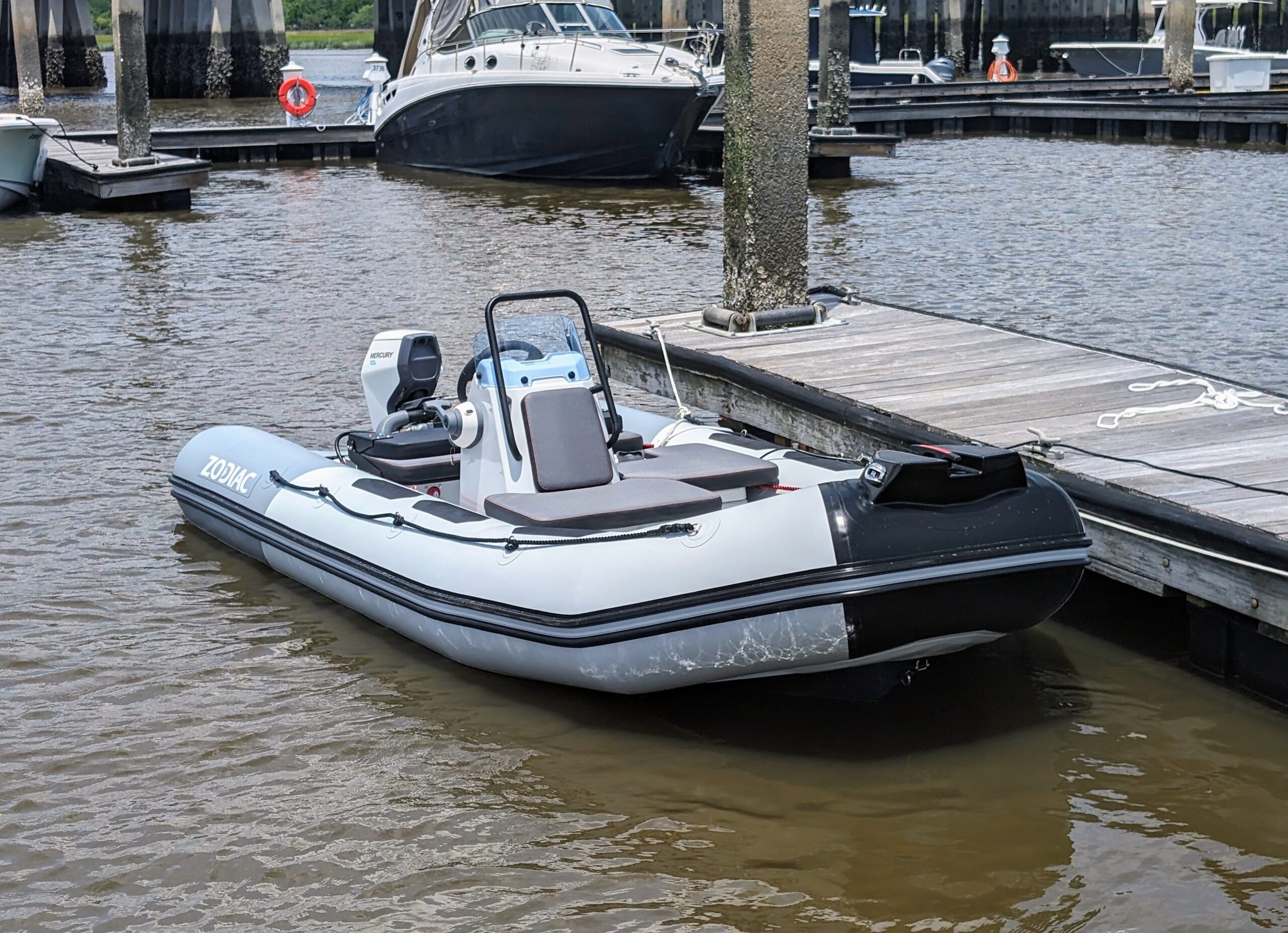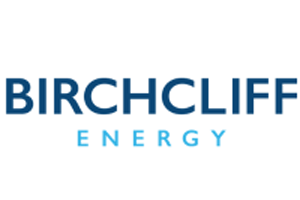Smart-VOD is ready to expand its ventilation on-demand services by targeting underground mines.
The industry is evolving, but most underground mining vehicles in use today are still powered by diesel motors.
This means forced air ventilation is required to remove the diesel exhaust and blast gases, and to reduce the ambient temperature for underground operators.
It is common for mines to have primary fans located above ground that draw fresh air underground working in combination with several secondary fans that force fresh air into the working face of blind headings.
While this helps to ensure the operators feel some cool air as they work, the energy cost of each secondary fan is substantial – often higher than the fan’s purchase price.
To help address this all-too-common issue, Smart-VOD has created a ventilation on-demand system for underground mining operations.
While the company itself has been formally in operation since 2020, Smart-VOD started working on fixing this ventilation issue a few years before that.

“In January 2017, I was consulting for a few companies. Martin Law from SMEC Power and Technology in Perth reached out looking for expertise in radio-frequency identification (RFID),” Smart-VOD director David Twiss told Australian Mining.
“We ended up meeting and decided quickly that things clicked. I quickly formed a view that Martin, who’s now my business partner, was somebody I could trust and work with.
“Things moved along to the point when I said, ‘How about we actually form a company?’ So we did.”
Cut to present day and that company has been operating somewhat under the radar during development and initial deployment of several ventilation on-demand units. But it’s now ready to grow.
“(Ventilation on-demand) halves the energy for underground ventilation,” Twiss said.
“If you halve the energy, given that many mine sites are diesel-powered, you in turn halve diesel consumption, which means you can halve the carbon footprint.”

The ventilation on-demand system uses RFID to track vehicles as they enter and leave a ventilation zone. It controls the associated secondary fan at a speed based on a number of rules, the most significant of which is the size of the vehicle’s diesel engine.
“As they pass in the vicinity of a series of antennas nearby, we infer from the signals whether they’re in the drive when they’ve entered or left,” Twiss said.
“We keep track of what’s in there. By knowing which vehicles are in there and how big the engines are, we can work out what speed the fan should be.”
Each fan within the ventilation on-demand system is controlled by a variable speed drive, which can be used to control the speed of underground fans.
Making a variable speed drive small and tough enough for underground mining has taken a while, but Smart-VOD has created a system that will offer customers a range of benefits. Chief among these is the ability to save more than 50 per cent on energy costs over a 12-month period.
“When using the WA mining regulations as a case in point, the air volume required is a function of the diesel engine size,” Twiss said. “The haulage trucks are huge and have ginormous diesel engines, but they also take up a lot of space.
“In a mine, the haulage truck will commonly only be used in the decline rather than in the drive itself. The trucks will then drive down to somewhere where there’s extraction already taking place and do a turn to get around. Then a loader will start to load ore.
“Therefore, the loader is often the largest vehicle that’s in use within the blind drive itself with the ore being extracted.
“So when you’re doing the fan and ventilation design, it’s common to choose a fan that is going to be large enough, but only just large enough to provide the air necessary for a loader.
“In a drive, you’re not using the loader all the time, and there’s other things that take place that use much smaller vehicles with smaller diesel engines, so you don’t need the fan at full speed.
“And that’s where the opportunity comes to save energy, due to the mix of activities taking place in each working zone.”
Westgold Resources is a company that has been reaping the benefits of the ventilation on-demand system.
The miner revealed in its 2022 annual general meeting that from January 1 to June 30 2022, using six ventilation on-demand units with variable speed drives, it saved approximately 52.9 per cent on realised energy savings when compared with tradition ventilation controls. These savings are equal to just over 1500 megawatt hours.
Each ventilation on-demand unit has been designed to operate autonomously and does not require continuous network connectivity.
When network connectivity is available to the operator, however, further features are available, including the centralised mine dashboard showing the status of the ventilation zone and the savings performance.
As the world transitions to more energy-conscious mine sites, Smart-VOD’s ventilation on-demand system has been built to withstand harsh underground conditions in an efficient way, helping mining operations save on energy costs while reducing their carbon footprint.
This feature appeared in the September 2023 issue of Australian Mining.




